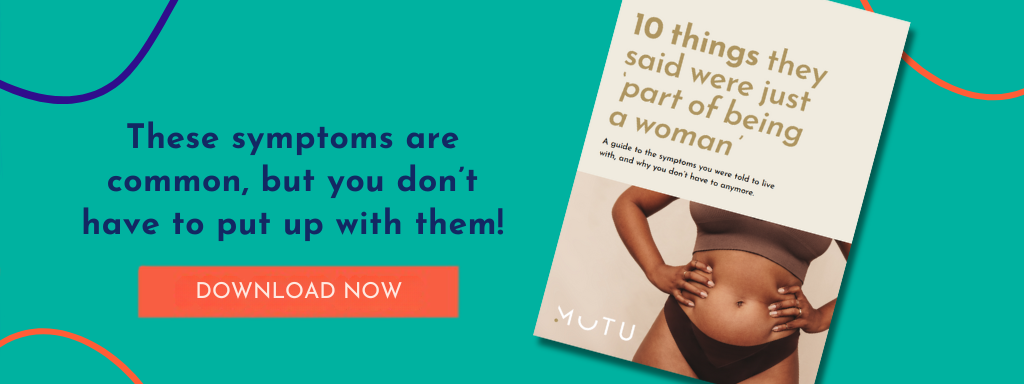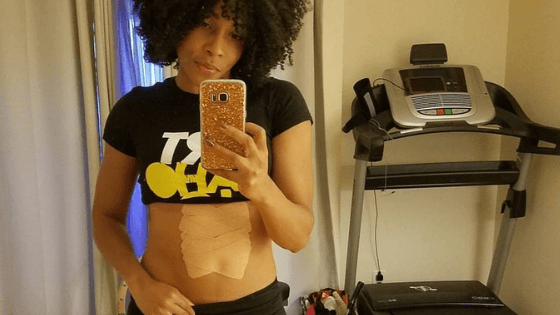Warning: Slightly techie, geeky article about exercise physiology and planks for postpartum exercise. Dive in at your pleasure, or for a more user-friendly look at What ab exercises are safe for diastasis recti? try here instead.
Evidence-based data and credible information is always the gold standard when it comes to proving the effectiveness of any solution or theory. We often see planks for postpartum exercise recommended against. Why is this and what’s the proof?

Planks for postpartum exercise – should this ab work be avoided for Mums?
Planks and related workout moves can be great exercises for your abs. There is no ‘forbidden exercises’ or bad move per se.
BUT they may not be the best exercise in the postnatal period, or when a diastasis recti or dysfunctional pelvic floor or core is present . A load-bearing, isometric exercise, performed with a core muscular system not functioning optimally, may not be either effective or beneficial.
A plank can be a very effective ab exercise. But it is rarely recommended by most Women’s Health Physiotherapists for the postpartum woman, until her core is restored and functional again.
Postpartum core strength is about a whole lot more than holding a plank. Lots of experts in the field have written on this. Here’s a great resource on the complexity of factors likely to be relevant to the postpartum core from Diane Lee’s on Core Strengthening vs Training. And here’s a great article here from Julie Wiebe PT on planks for postpartum exercise.
The commonly held belief that planks are the best ab exercise is inadequate for dealing with the multi-fascial, multi-functional, multi-planar complexities of a non-functioning core. No exercise is ‘bad’. Rather it may inappropriate in some cases or at some stages of postpartum recovery.

Where’s the proof?
‘Proof’, where proof refers to a long-term, double-blind study, that a specific isolated exercise may be effective for some (for example an athlete with a functioning and strong core) but inappropriate for others (for example a postpartum woman with diastasis recti and pelvic floor disorder) doesn’t exist.
I believe there is (fortunately, actually) little approval or demand for studies setting up a defined group of people to do something potentially harmful to observe just how bad the outcomes might be. And of course, not doing a plank is not a particularly risky strategy, so there’s only so much evidence beyond being mindful of how it looks and feels, that we surely require to make that choice?
In the same way that there are recognised recommended exercise adaptations and contraindications for the pregnant woman, so is also the case in the postpartum period. It doesn’t mean no woman should ever sky-dive or play contact sports, merely that it’s not considered to be a great idea when pregnant or very recently post-childbirth… We don’t need 2 comparative groups of women to participate in that study to be confident that it’s sensible advice.
The core’s function is to withstand load (pressure) and to facilitate transfer (movement). If it can’t withstand the relatively low load, for example when standing, (evident from a pooched out, or domed stomach typical of a diastasis), then it won’t be able to withstand very high load (such as holding full body weight in a prone position like a plank). So we just back up, build foundations and progress gradually to get to where we want to be.
Higher frequency or higher intensity high load, high-pressure movements, will not strengthen an already non-functioning muscle group. It needs to function effectively before it can strengthen. See more on how to know ‘When am I ready to lift weights, run and plank?’ here.

I’m not convinced that planks should be recommended as the ‘go-to’ exercises for improving ab function and strength for postpartum women. I think we need a core that works first. We empower ourselves with as much information and evidence as we can. We observe and we feel how our bodies respond to the demands placed on them. And then we think critically and make a choice to keep doing what we’re doing or adapt and progress what we’re doing.
Actually, this post isn’t really about planks. It applies to any exercise – hence my reference earlier to all high-load or high-intensity exercises. Prone, supine, standing… isometric or dynamic, any plane, any position. Back up, find your new normal or functional (ie how far you can go without leaking or feeling unstable) and progress from there. You’ll be planking again in no time 🙂












